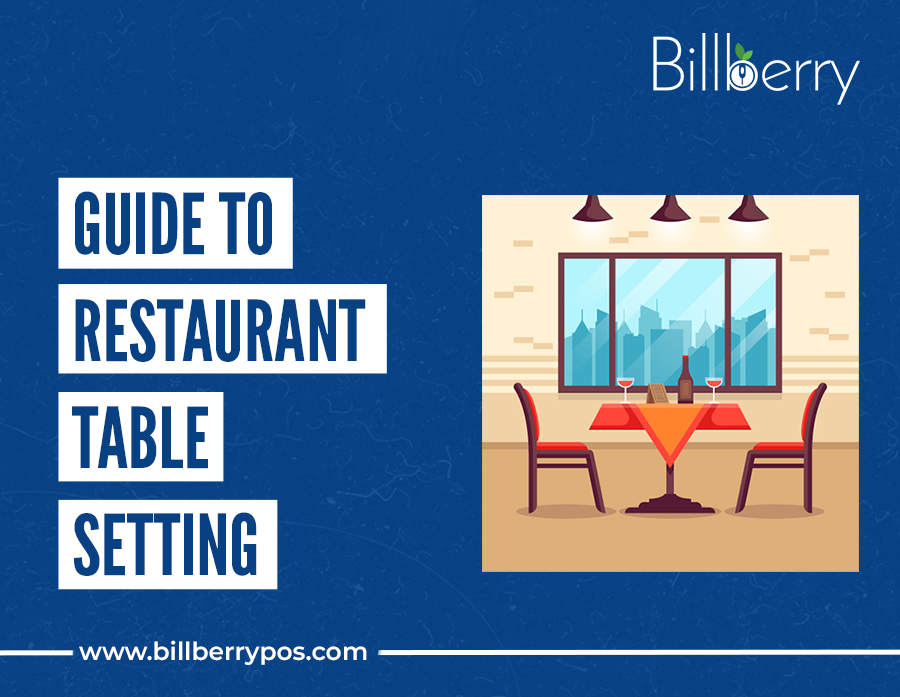When it comes to dining in a restaurant, the table setting can play a crucial role in enhancing the dining experience.
The way the table is set up can set the tone for the entire meal. A well-set table not only looks inviting but also adds to the overall ambiance of the restaurant.
A well-set table not only looks inviting but also adds to the overall ambiance of the restaurant
Why Table Setting Matters in Restaurants
Your table is your canvas. And in the hospitality world, presentation is everything.
~ Sets the tone: A refined table setup creates a sense of occasion, whether it’s a romantic dinner or a business lunch.
~ Builds brand perception: Minimalist, classic, quirky, rustic, your tableware and layout speak volumes about your identity.
~ Increases comfort: Guests should feel relaxed and at ease, not confused about where to place their napkin or wine glass.
~ Improves operational flow: A consistent, organized layout helps your staff serve more efficiently and avoids mix-ups.
So how do you get it right, every time? Let’s dive into each element of a perfect table setting.
1. Table Linen: Tablecloths vs. Placemats

The base of any setting is the table covering, and your choice sets the vibe instantly.
~ Tablecloths: Ideal for formal settings, white or pastel shades exude cleanliness and class. Ensure they are clean, wrinkle-free, and perfectly sized.
~ Placemats: Better suited for casual or quick-dining formats. They’re easier to clean, require less maintenance, and add a pop of style.
✨ Pro tip: Choose materials that align with your restaurant’s theme, linen for elegance, woven mats for earthy or ethnic styles.
2. Flatware: Choose According to Your Menu

Flatware isn’t just functional, it tells a story. Are you serving five courses or quick bites?
~ Basic Setting: Dinner knife, fork, and spoon.
~ Expanded Setting: Add a salad fork, soup spoon, fish knife, or dessert spoon based on the meal structure.
~ Placement Rule: Forks go to the left, knives and spoons to the right. Utensils should be used from the outside in.
Ensure all flatware is polished and consistent across tables. It’s these small details that elevate your guests’ experience.
3. Glassware: One Size Doesn’t Fit All

Your glassware should match your menu offerings. A proper setup typically includes:
~ Water glass: Always present, placed above the knife.
~ Wine glasses: Red and/or white, depending on your offerings.
~ Champagne flutes: Optional but classy, especially for upscale or brunch venues.
Shape and size matter, wine glasses should allow aromas to develop, while water glasses should be sturdy and spill-resistant.
4. Plates: Designed for the Dish
Not all plates are created equal, and neither are your dishes.
~ Dinner Plate: Centerpiece of the setting.
~ Appetizer/Salad Plate: Placed on top of the dinner plate or separately if pre-set.
~ Cuisine-Specific Plates: Pasta bowls for Italian, compartment plates for thalis, steak plates for grill-focused menus.
✨ Tip for aesthetics: Use neutral plate colors to make food pop visually.
5. Napkins: Style Meets Function

Napkins serve both form and function. They should be:
~ Cloth for formal dining, folded elegantly or placed in a ring.
~ Paper for casual setups, neat, disposable, and well-placed.
Placement options:
~ On the dinner plate (folded flat or creatively).
~ To the left of the forks.
~ Inside the water glass (for decorative flair).
6. Centerpieces: The Table’s Personality

A well-chosen centerpiece brings warmth and beauty but shouldn’t interfere with visibility or space.
~ Options: Fresh flowers, low-profile candles, succulents, seasonal décor.
~ Rule: Keep it below eye level and easy to remove or adjust.
~ Avoid strong scents that may clash with food aromas.
7. Condiments: Salt, Pepper & More

Salt and pepper are non-negotiables, they belong on every table unless your menu is fixed and tasting-style.
~ Small Tables: One set at the center.
~Large Tables: Multiple sets for easy access.
Consider adding olive oil, chili flakes, or custom spice mixes if they complement your cuisine.
8. Table Numbers: Efficiency with Elegance

Numbering your tables helps streamline service and prevents confusion.
~ Use elegant holders or stands.
~ Keep them visible but unobtrusive.
✨ Pro tip: Coordinate your table number designs with your restaurant’s theme, rustic wood, gold frames, acrylic stands — to stay on brand.
9. Table Setting Etiquette: The Subtle Details

Consistency in placement is the secret to a polished table setting. Here’s a quick reference:
~ Forks to the left, knife blades toward the plate, spoons to the right.
~ Water glass above the knife; wine glass slightly to its right.
~ Bread plate above the forks, with the butter knife resting across it.
~ Napkin goes on the plate or to the left of the forks.
~ Servers should always serve from the left and clear from the right.
Also, teach your staff subtle service etiquette, such as replacing utensils between courses and discreet napkin-folding for returning guests.
Conclusion
In conclusion, a well-set restaurant table can elevate the dining experience for your customers.
By following the guidelines we have outlined above, you can create a beautiful and inviting table setting that will impress your guests and make them feel welcome.
Moreover, this article is curated by content experts at Billberry, the industry leading Restaurant Management System to Skyrocket your restaurant business! To know more about Billberry, book a Free Demo Today!
More like this:
Top 18 Restaurant Franchise Businesses in India
10 Food Photography Tips & Tricks for Restaurants
101 New Ideas for Restaurant Name







